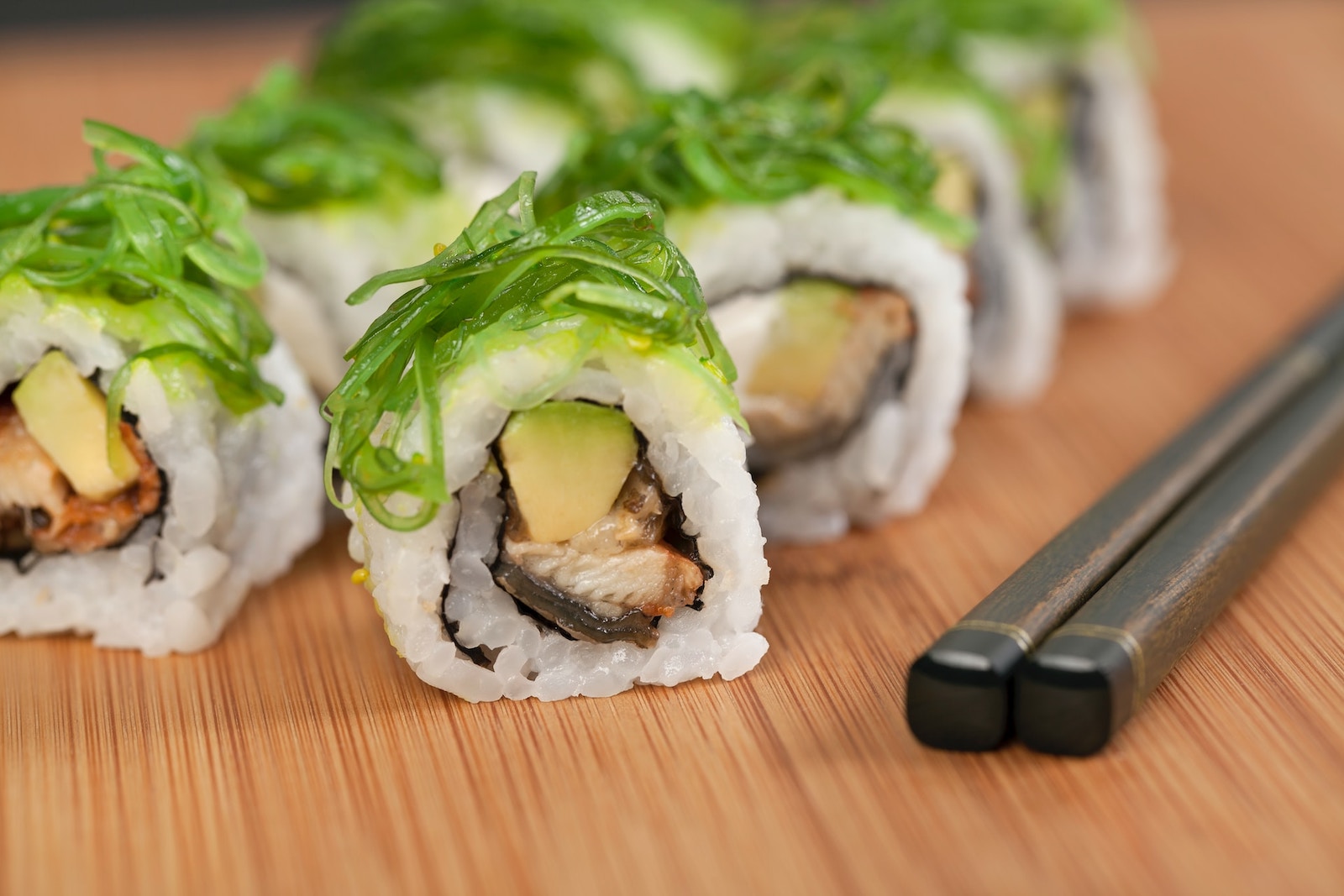This post is part of a series on the future of food.
Seaweed has fed people around the world for centuries, saving lives during the Irish potato famine, and forming the backbone of food like sushi and miso soup in Japan. Interest in seaweed and micro-algae as a food source is growing globally due to its many environmental and health benefits. As businesses and individuals seek out food that is better for the planet, seaweed and micro-algae is being transformed into everything from bacon substitutes to pasta
Growing interest in an ancient dietary staple
According to Financial Times, seaweed has been “a dietary staple in Japan, Korea, and China since at least 800 BC.” Seaweed has been eaten for centuries in other places too - particularly Scotland, Wales, Scandinavia, Iceland, and Canada. However, in the western world, seaweed is no longer commonly eaten, and is generally associated with eastern cuisine. In places like Ireland, the food fell out of favor as it was thought of as “starvation food” eaten during the potato famine.
Some of the most frequently eaten types of seaweed include Nori, a red seaweed used for sushi wrap; sea lettuce, a green seaweed that can be eaten as salad; and kombu, a brown seaweed used to make miso soup. In 1974, the United Nations had already declared spirulina to be a food of the future, as it was used to enrich astronauts’ diets. Spirulina hasn’t yet become a dietary staple around the world, but it is becoming much more common with time.

Healthy & sustainable
Seaweed is rich in protein, and is a probiotic, which can improve gut health. It can also contain high amounts of iodine, omega-3 fatty acids, B12 and vital minerals such as calcium, potassium, magnesium and iron. Seaweed farming has a much lower impact on the environment than other types of agriculture and aquaculture, as it doesn’t require farmland, freshwater, or chemical fertilizers. One study found that the “global seaweed industry could reduce land needed for farming by 110m hectares,” according to The Guardian.
In addition, seaweed sequesters carbon, meaning that it can actually remove climate change-causing carbon dioxide from the atmosphere. In 2019, a study suggested that while a great deal of the world’s coast would be suitable for seaweed production, just a small fraction of it would be needed to offset the emissions created by the entire aquaculture sector. However, a more recent study, published in 2023, called these findings into question, stating that to make a meaningful impact in terms of carbon sequestration, we’d need to use up too much of the ocean’s space, which could lead to overexploiting it in much the same way as we’ve done the land.
Moving from foraging to farming
Historically, algae was gathered through foraging - it wasn't actively cultivated but brought in on fishing nets or gathered from the shore. But as we look to scale its production, there’s a need to continue propagating the plants to avoid overharvesting. High-tech farms have conducted an experiment that has shown that farmers can adjust the nutritional qualities of the seaweed they are growing by “tweaking nutrient, sunlight, and salinity levels, and tailoring these conditions to individual species”. And farms can produce enormous amounts of rapidly growing micro-algae with little space.
However, many algae farms are not yet profitable, requiring greater yields and lower costs - particularly for labor. This is especially challenging because every farm is different. "’Different areas in different waters, all require modifications. There's not one solution that can be expected to fit all,’” one scientist told the BBC.
And in India, where seaweed is presenting a new way for people to feed their families, overharvesting poses a major risk. Although the government is encouraging the adoption of underwater farming practices, this is easier said than done, and requires a great deal of new skills and technology.

New ways of eating seaweed
Beyond the traditional uses as sushi wrappers, soup additives, and salads, many companies are now looking into processing seaweed in a range of innovative forms. A company called NonFood has created an “algae-based snack bar that contains 37% algae and aquatic plant ingredients.” Spirulina is eaten as a supplement for omega 3, consumed in pills or whole form.
One company processes seaweed into pasta, chips, wraps, and even bacon. Several companies are collaborating on a smoked salmon substitute made completely from spirulina, while yet another makes a burger out of kelp. Seaweed might also be usable for compostable food packaging. And seaweed can also be used as feed for livestock and fish farming. In fact, feeding seaweed to cows has proven to reduce the amount of methane, a powerful greenhouse gas, that they produce.
Risks and challenges
While growing seaweed is a promising approach to mitigating or at least not perpetuating climate change, according to Tufts: “climate change itself may present barriers to growing more of it. Ocean water is becoming increasingly acidic, which is not ideal for growing healthy, edible seaweed.” Plus, at scale, seaweed farms could pose a threat to ecosystems as they could become invasive, and block light from reaching other organisms. Meanwhile, consumer preferences always pose a challenge, requiring strong promotion to encourage behavior change.
Read more about the future of food:
Eating Insects Could Add More Sustainable Protein to U.S. Diets
Insects are hailed as a shiny solution to climate-change-inducing diets, but what chance do they have of really shifting our food consumption habits for the better?
Is the Future of Meat Production Really in the Lab?
Lab-made meat hasn’t yet hit the shelves, but proponents see it as a solution to feed the world more sustainably. Skeptics highlight key questions around how successful it might be at scale.
